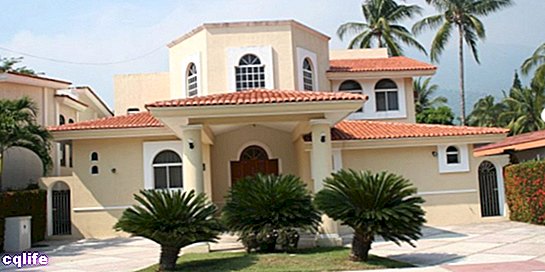We explain what a social class is and why they exist. Also, what are the different classes that we find today.
In today's society there are three large classes: high, middle and low.What are social classes?
Social classes are understood to be the different groups Humans in which a given society is stratified, based on its related social and economic conditions, which distinguish it from other existing classes. These conditions may have to do with its position within the economic pyramid of the consumption, its position within the socio-productive dynamics or its location within a bureaucratic structure.
Social classes are related and hierarchical segments, often opposed or estranged (see Class struggle of Marxism) of the society, endowed with common interests and related political aspirations. All of them would be, according to Marxism, in struggle to assume the leadership of society, through the control of the means of production of goods.
Normally, social classes are not closed groups, but there is a class mobility that allows the ascent or descent of the hierarchical pyramid of society; but there is also a certain resistance in the upper classes to the sudden rise of those who do not consider as social equals.
This model of society originated in the West after the fall of the model feudal of medieval (from the 15th century), in which the social strata were much more immovable, since they were assigned by inheritance or ancestry. That is, you were born in a family noble or peasant, and belonged to that stratum for life, unless very unique conditions occurred (marriages, wars, etc.).
Social classes according to Marxism
For the philosophy of Marxism, the social classes in the capitalist epoch are determined by the control of the means of production, since the bourgeoisie prevailing (the old commercial middle classes of the Renaissance) use them to exploit the working class worker, buying their work force in exchange for a salary monthly.
Marxism explains that this arrangement serves only to maximize the gain (capital gain) of the bourgeois, and that eventually the impoverished and exploited masses would understand the need to rebel and change the system, implanting the dictatorship of the proletariat and thus initiating the transition to the communism, a society devoid of classes.
This thesis is based on the class struggle, according to which there is a struggle between the sectors of society for the distribution of goods and political and economic control of it. For Marxism there are three classes: the bourgeoisie, the proletariat and the lumpen (the unproductive and parasitic sectors).
Current social classes

In today's consumer society there are three large classes, distinguished by their purchasing power and their role within the financial and productive dynamics of the economy. capitalism. The parameters for distinguishing one from the other, however, are not usually too uniform. Broadly speaking, we talk about:
- Upper class. The most powerful class and that accumulates the highest percentage of economic power (properties, Business, capitals National and international). They tend to be owners of corporations, landowners, heirs of wealthy families whose prestigious position allows a life of comfort, education and opportunities. They tend to have a prominent influence on the politics and the management of societies.
- Middle class. The intermediate class, whose boundaries are more diffuse, groups from workers professionals, smallholders and the small merchant class. They aspire to increase their status and differentiate themselves from the lower class, which is why they are often consumers of status symbols. It is usually classified into lower middle class, middle class and upper middle class, according to their income economic and lifestyle.
- Lower class. The working, working, dispossessed class. They do not own property or capital and must work to make ends meet, often without much educational or personal development opportunities. It is what is commonly called "poor", although this term is imprecise and even pejorative. The lower class are also the most economically vulnerable sectors, those who live in marginal areas or even the indigent and unproductive sectors.
